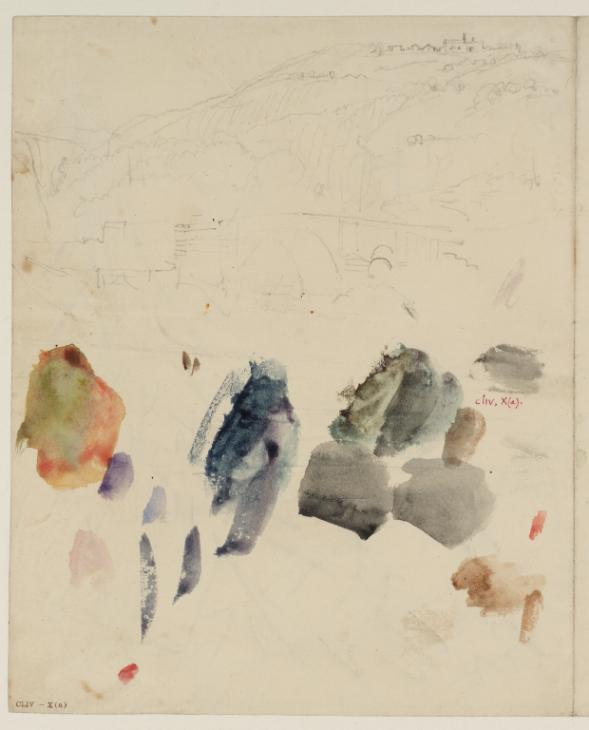References
How to cite
David Hill, ‘Lindley Bridge and Hall from the River Washburn near Farnley Hall c.1822–4 by Joseph Mallord William Turner’, catalogue entry, July 2009, revised by David Blayney Brown, April 2013, in David Blayney Brown (ed.), J.M.W. Turner: Sketchbooks, Drawings and Watercolours, Tate Research Publication, September 2014, https://www

